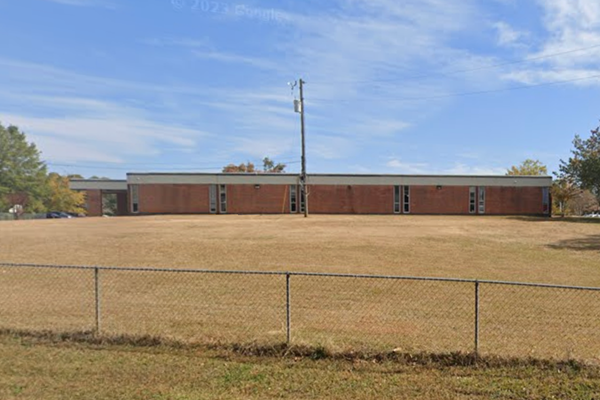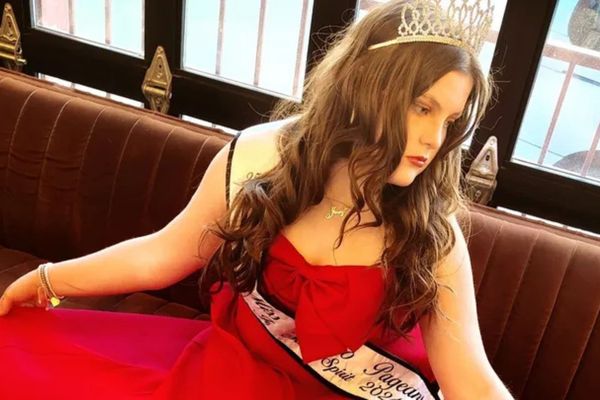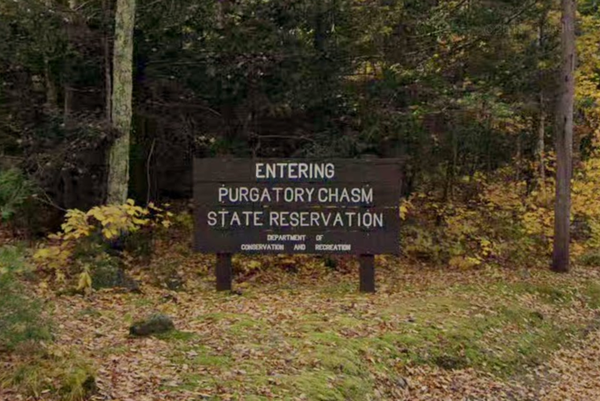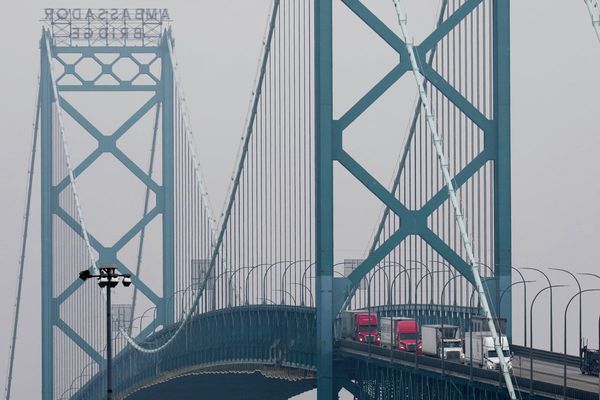An area on the NSW south coast could be the latest part of the Sydney Basin to have lost its koala population, a new study has found.
The Sydney Basin Koala Network estimates koala numbers in the area covering a diverse landscape of 3.6 million hectares in the Sydney Basin region have declined by 22 per cent over the past 20 years.
And in the areas south-west of Nowra there has not been a koala sighting since the 2019/20 black summer bushfires.
"There are alarm bells going off," said Jeff Angel from the Sydney Basin Koala Network, which commissioned reports into both koala population and legal protections.
"We've lost Pittwater, we've lost the Central Coast, we're looking like we're losing Shoalhaven, and the only really growing koala colony is the one around Campbelltown Wollondilly and it is being assaulted by urban development," he said.
"So it presents a very challenging picture for koala protection."
Bionet Ecologist Amanda Lane said there were "really important source populations" of koalas in the Shoalhaven.
"We know there were resident populations of koalas in the Shoalhaven. That was consumed, in a sense, by those bushfires that were very intense," she said.
"They burned about 60 per cent of the koala habitat in the Shoalhaven just during those few months of fires and we would assume as a result of that there has not been a sighting of a koala since in that area, which is really heartbreaking."
Ecological consultant Biolink has assessed koala habitat and populations across the Sydney Basin, from Ulladulla in the south, north to Muswellbrook, and west to near Mudgee.
It identified six focal areas of significance that it said held the key to sustaining koala numbers: Campbelltown/Wollondilly, Liverpool, Sutherland, Wingecarribee in the Southern Highlands, Hawkesbury, and Cessnock/Lake Macquarie.
Glimmer of hope
In contrast to the Shoalhaven, the Campbelltown Wollondilly population is chlamydia-free and expanding north and west, but the threat from habitat loss is enhanced by threats from vehicle strikes, dog attacks, and stress-induced disease.
Campbelltown local government area has a koala plan of management, but Ms Lane believed the protections contained within it were not strong enough for actions such as saving essential koala corridors.
"Identifying and protecting koala habitat corridors in these areas will assist koala movement and support population expansion," Ms Lane said.
"These corridors should be protected in much the same way as infrastructure and housing during bushfire events."
Environmental Defenders Office special counsel Cerin Loane said current laws intended to protect critically endangered koalas simply were not up to scratch and could all too easily be overruled.
"We've got laws that control development, we have got laws that control land clearing, we have got laws that control forestry, we have got state planning policies, we have got local policies and all of these are trying to work together to protect koalas," Ms Loane said.
"But the problem is there are lots of inconsistencies between the laws, there are lots of loopholes in the laws, there's a lot of discretionary decision making, and when you look at it all together, like we have done in our report, you can see where the loopholes are."
Too many legal loopholes
Ms Loane said one of the loopholes involved the implementation of bio-diversity offsets, where land was supposed to be protected in a new area to offset clearing where development was proposed.
"We have got a biodiversity offsetting scheme that basically allows developers to offset the impacts on koalas by paying money into a fund or setting aside other land," Ms Loane said.
"The problem with many of our laws is, at the end of the day, they don't say no to development or activities on koala habitat."
The Sydney Basin Koala Network has proposed a five-point plan to ensure the iconic species does not become extinct.
It includes measures to increase public knowledge and inform governments about koala conservation by using citizen scientists to help monitor koala numbers, protect koala habitat, and work with key agencies and groups to achieve these measures.







